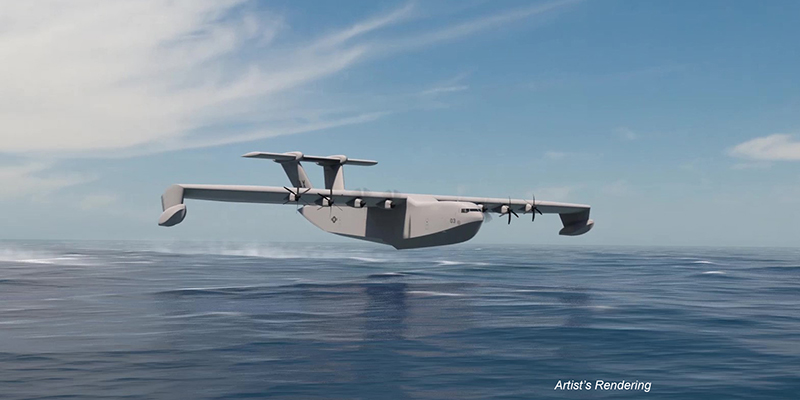Aurora Flight Sciences’ revolutionary seaplane concept for DARPA uses wing-in-ground-effect flight to deliver new capabilities.
Aurora Flight Sciences, a Boeing company, recently released a new video of its Liberty Lifter seaplane concept to show benefits of combining transport at the scale of a ship with the speed of an aircraft. The video depicts a concept that can maximize efficiency by flying in ground effect and provide fast, heavy-lift transport that does not require an airstrip or shipping port.
Liberty Lifter is a Defense Advanced Research Projects Agency (DARPA) program that aims to design, build, float, and fly an affordable X-plane that demonstrates revolutionary heavy-airlift capability from the sea. The concept could transform fast logistics missions and provide sea-based search and rescue and disaster response.
As part of Phase 1 of the program, Aurora Flight Sciences is designing a 213-ft wingspan demonstrator capable of carrying up to 50,000 lbs. of cargo. The Liberty Lifter X-plane is designed to operate in standard flight at altitudes up to 10,000 ft and in ground effect very close to the surface of the ocean, extending its unrefueled range. The technologies demonstrated and tested on the X-plane would be applicable to future aircraft with cargo capacity similar to that of a C-17, 180,000 lbs.
Aurora has partnered with leading naval architecture and marine engineering company Gibbs & Cox, a Leidos company, on the project. The team aims to develop a flying boat capable of taking off and landing in up to Sea State 4, operating in ground effect up to Sea State 5, and that employs low-cost manufacturing techniques from the ship building industry to demonstrate affordability.
“Liberty Lifter fills a critical gap between today’s airlift and maritime transport capabilities,” said Mike Caimona, president and CEO of Aurora Flight Sciences. “Development in this space will advance strategic operations at sea, and we’re proud to be working with DARPA, Boeing, and our partners to move this technology forward.”
Phase1B of the program, now in progress, includes testing activities and concludes in a preliminary design review. Tow tank testing has been completed in up to Sea State 4 at the Stevens Institute of Technology and Virginia Tech to develop and validate hydrodynamic models and seakeeping performance. Propeller performance characterization testing was completed in preparation for wind tunnel testing of a scale model in early 2025. Additionally, the team is constructing a cockpit simulation lab for human-factors testing of pilot interaction with an advanced control system for flying in ground effect over high sea states.
The next phase of the program, Phase 2, includes continued development leading up to critical design review. Phase 3 of the program, projected to begin in 2026, includes manufacturing the demonstrator followed by flight testing starting in 2028.
DISTRIBUTION STATEMENT A. Approved for public release. Distribution is unlimited.
ABOUT AURORA FLIGHT SCIENCES
Aurora Flight Sciences, a Boeing Company, advances the future of flight by developing and applying innovations across aircraft configurations, autonomous systems, propulsion technologies, and manufacturing processes. With a passionate and agile team, Aurora delivers solutions to its customers’ toughest challenges while meeting high standards of safety and quality. Learn more at www.aurora.aero
# # #
Contact:
communications@aurora.aero


